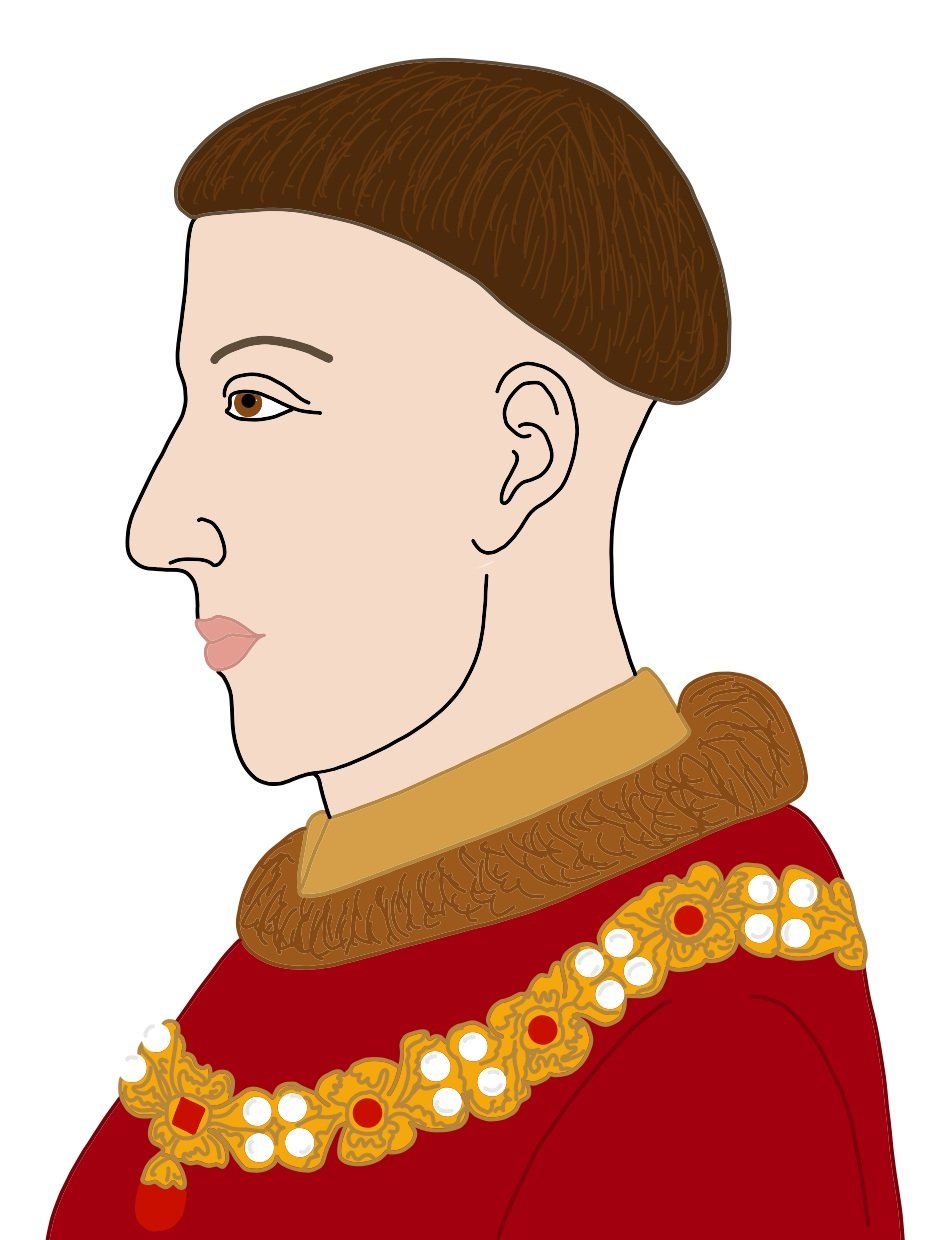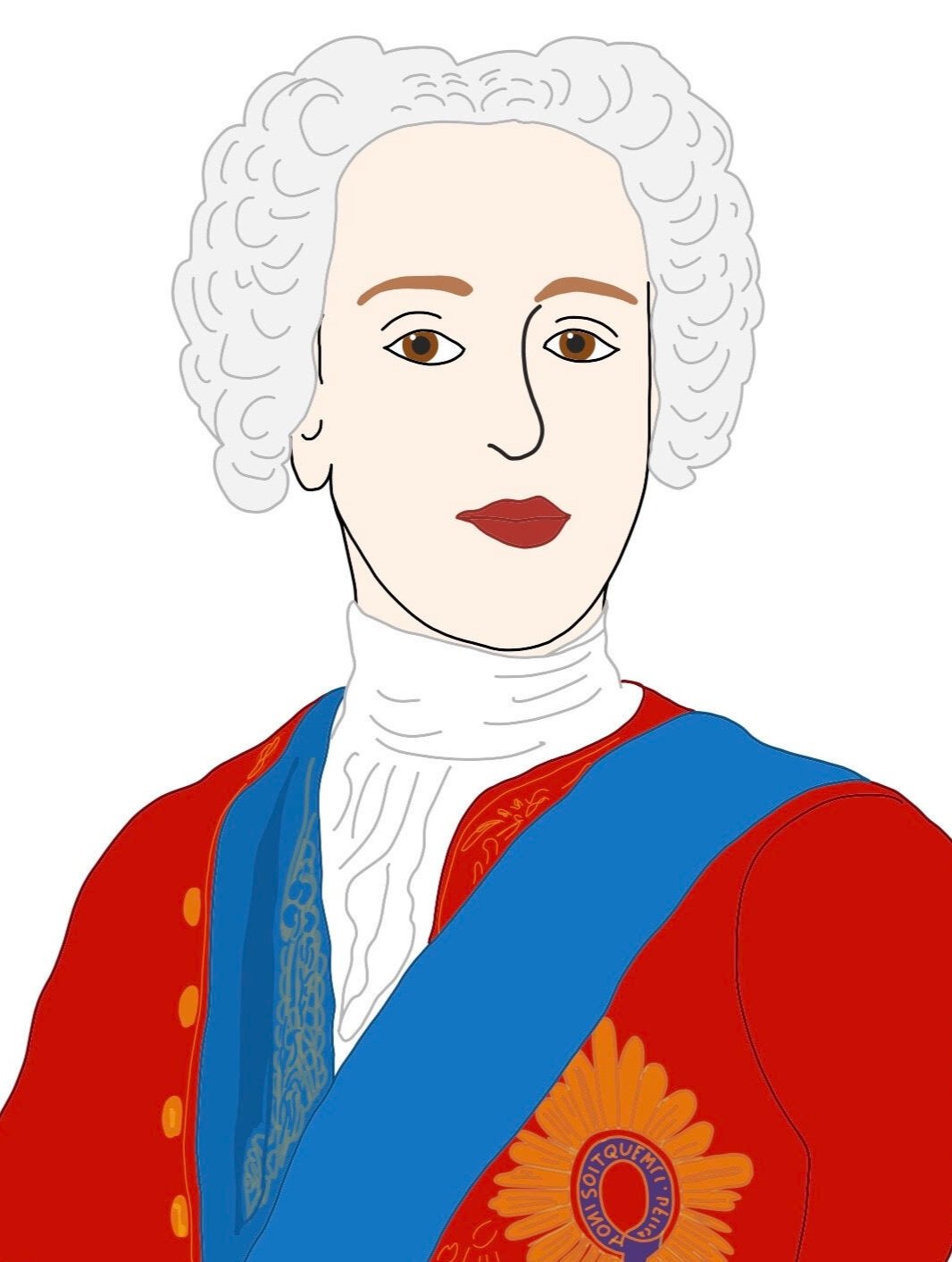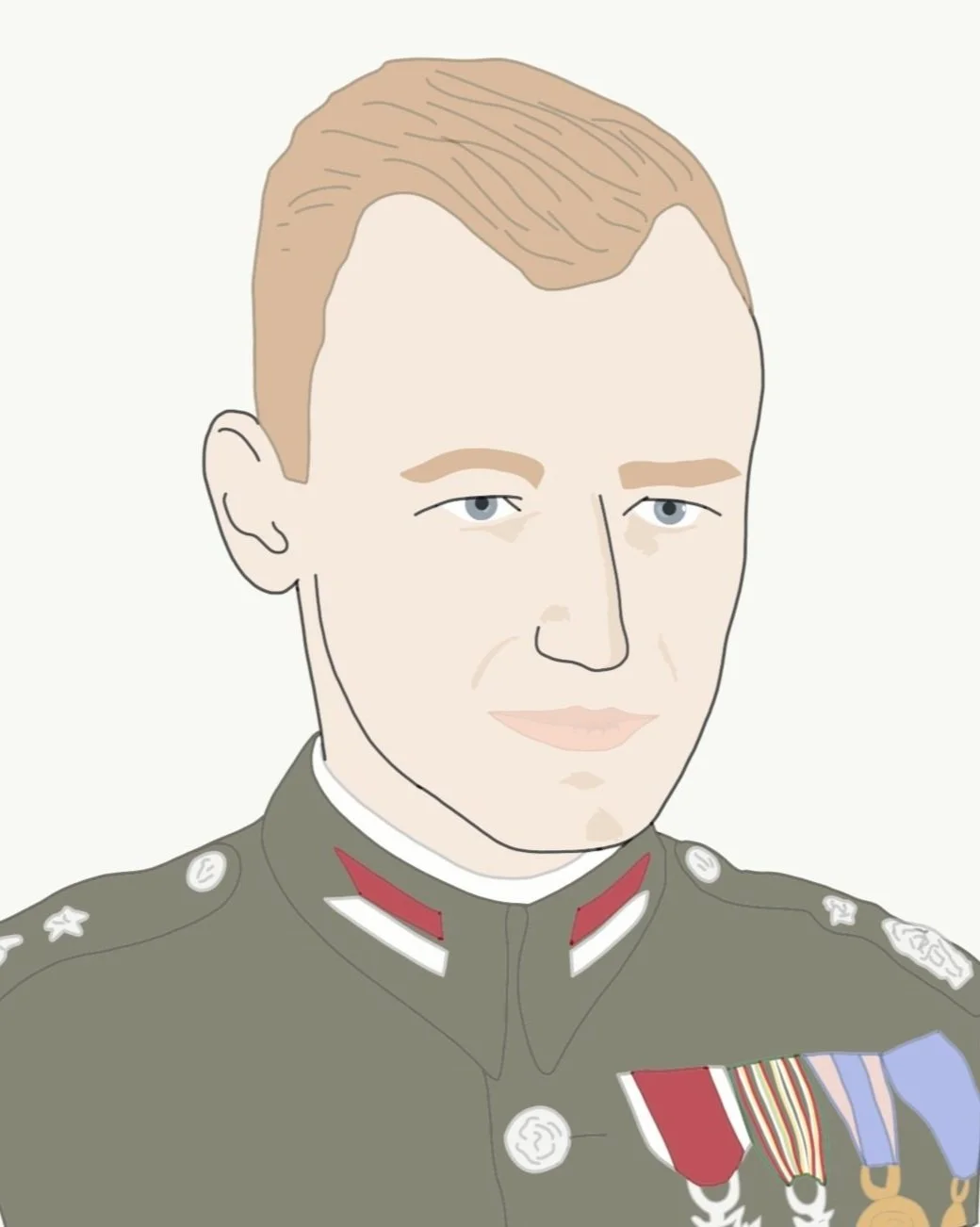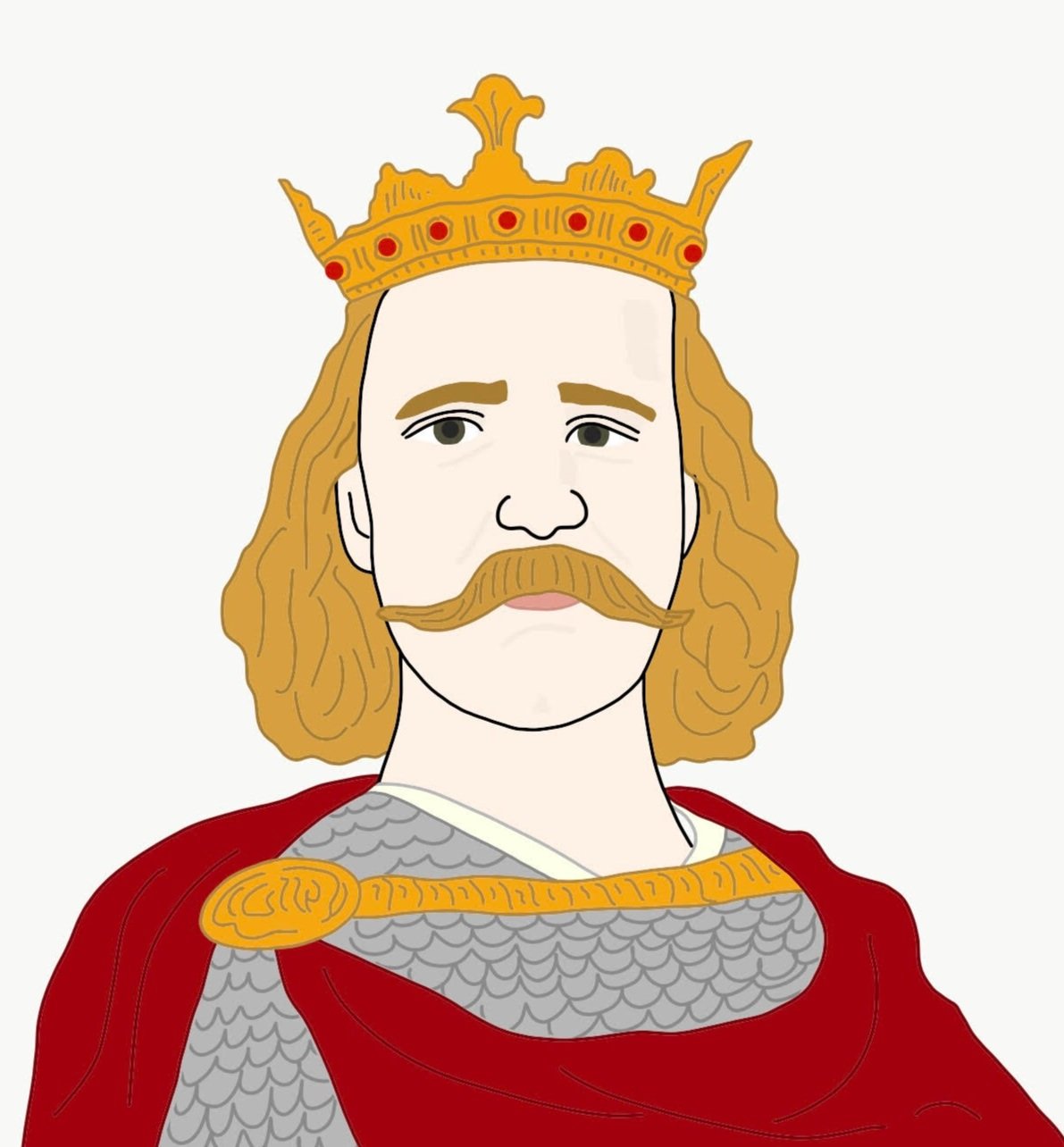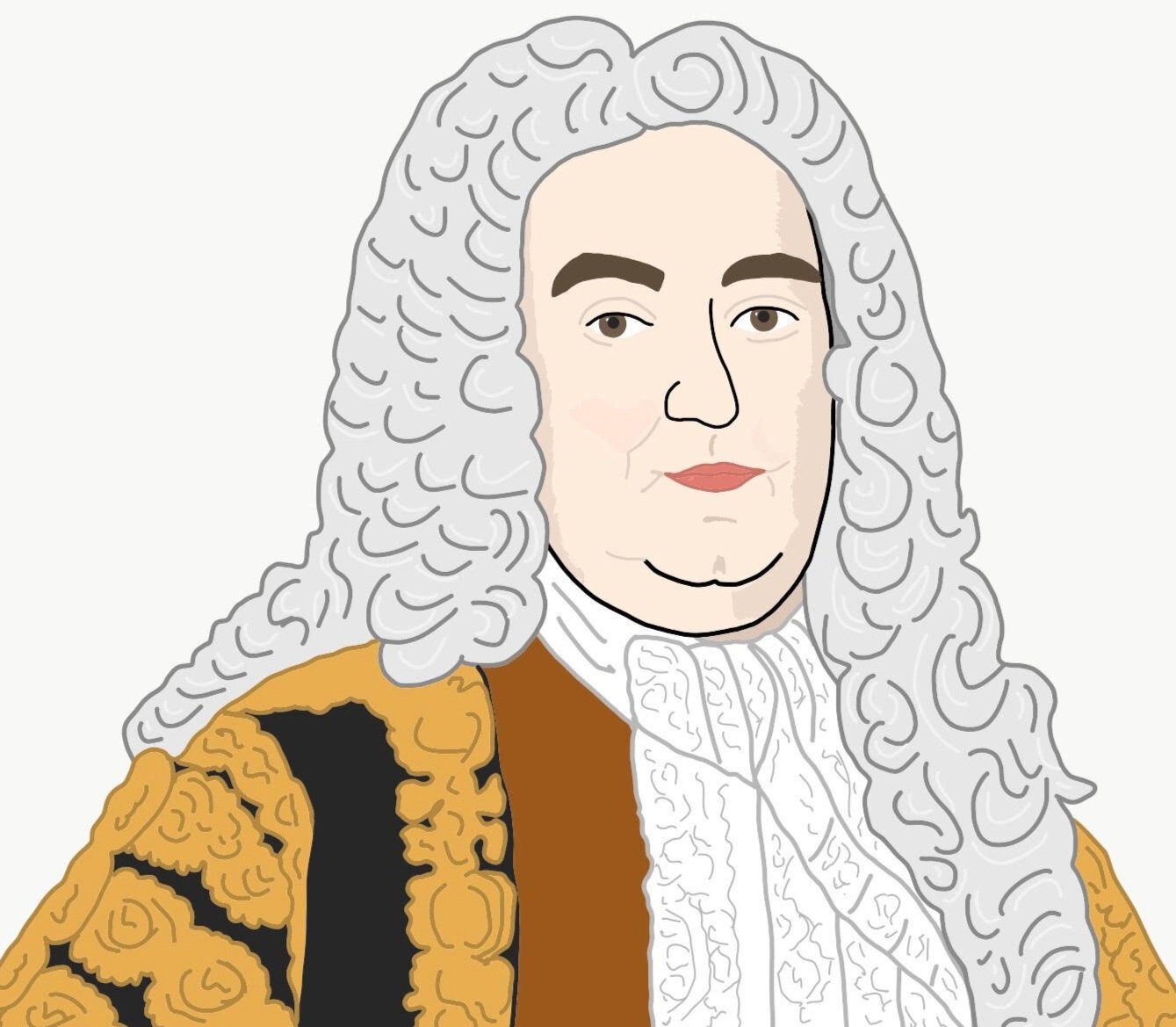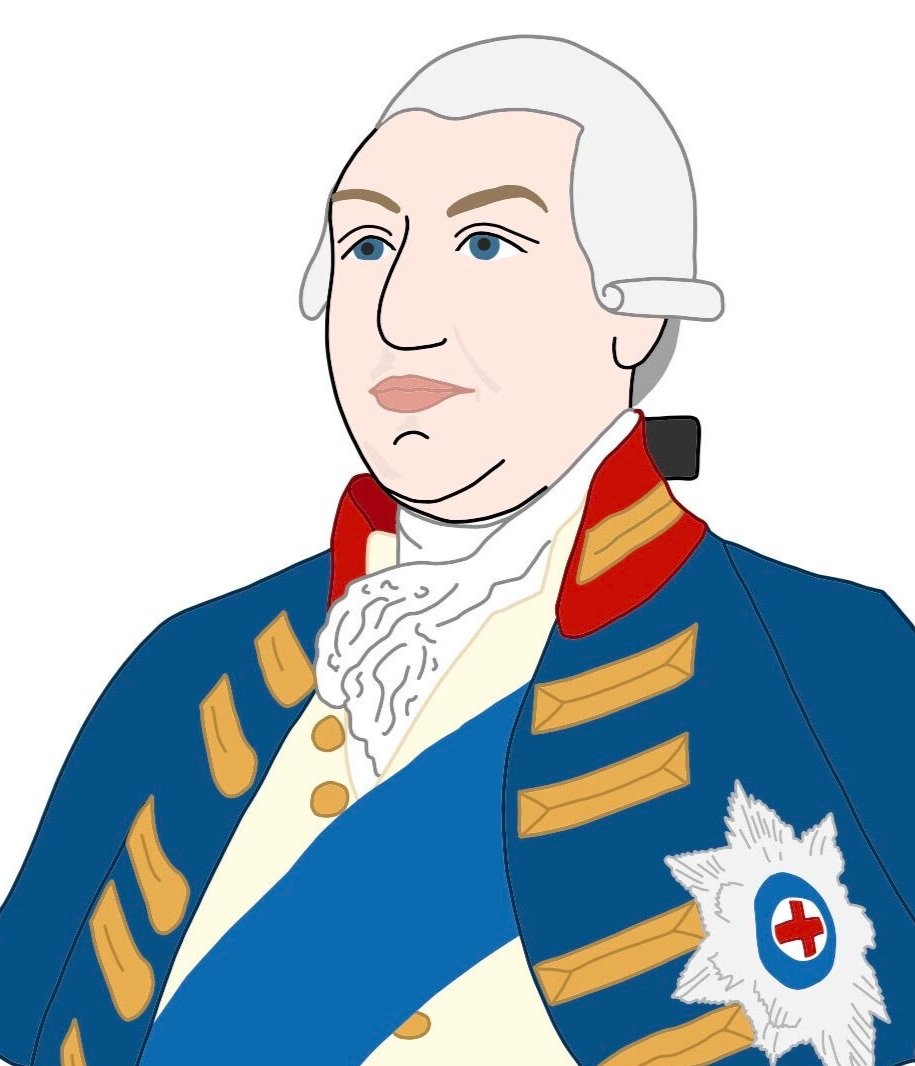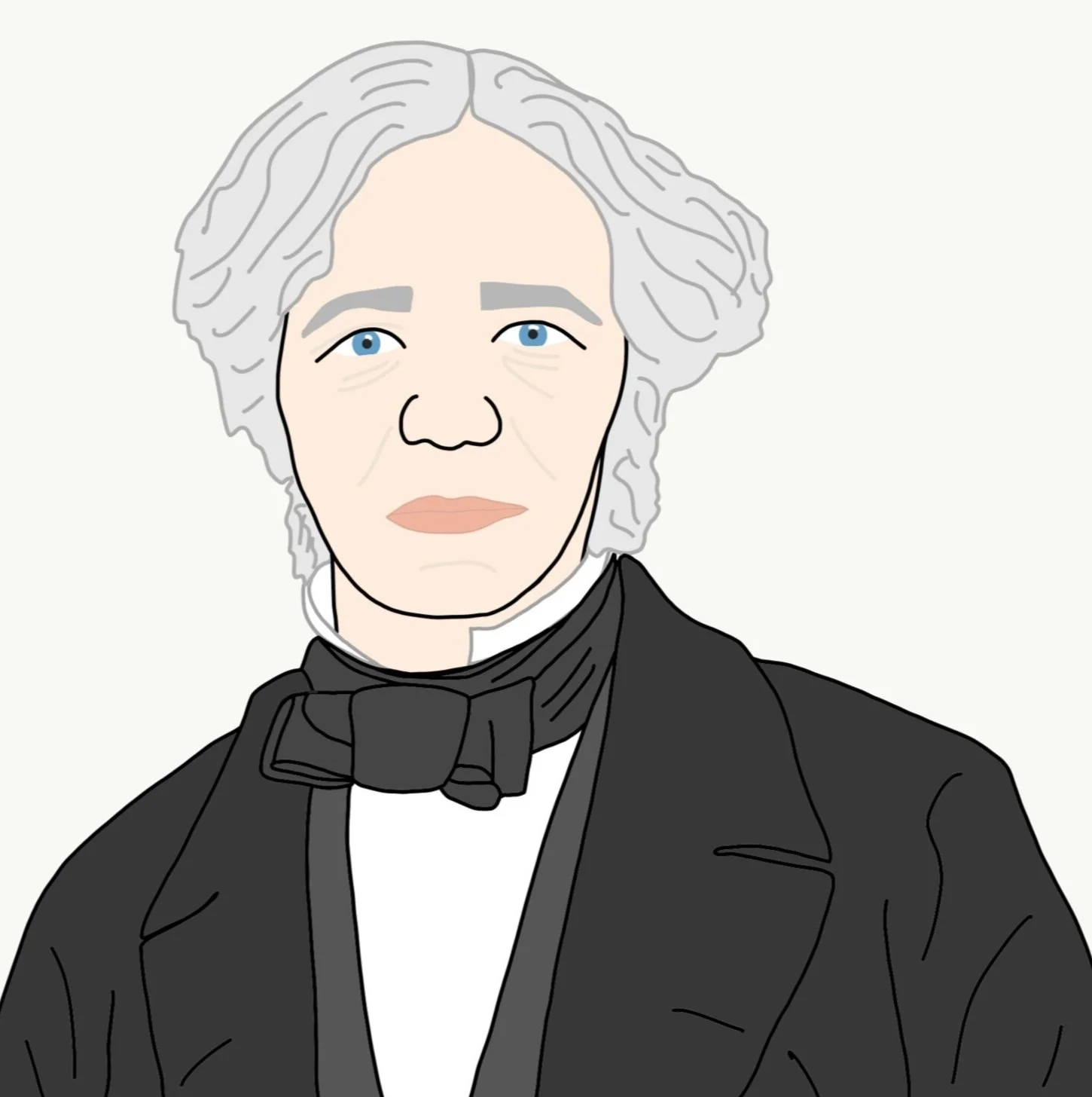September 16th-22nd
On 16th September…
1386 - Henry V was born
1386 or 87 - King Henry V was born in Monmouth, Wales. He became king at the age of twenty-five when his father King Henry IV died.
Henry V is best known for defeating the French at the Battle of Agincourt in France, where against all odds his vastly outnumbered English army beat the French and he became heir to the French throne.
Did you know that when he was 16 years old he was hit in the face by an arrow at the Battle of Shrewsbury in 1603. The arrow lodged itself 6 inches (15cm) into his skull and had to be removed by surgeons on the battlefield? The surgeons made special tongs to remove the arrowhead from the prince’s face without the use of an anaesthetic. The wound left an ugly scar which explains why all of his portraits are of his profile.
1400 - Owain Glyndwr began a Welsh revolt against the rule of King Henry IV of England. He was declared Prince of Wales by his followers and was the last native Welshman to hold the title. He re-conquered and ruled Wales for several years before the English regained control. Not much is known of Owain Glyndwr after 1412 but he remains a Welsh national hero.
1620 - The Mayflower set sail for a third time bound for America with 102 pilgrims on board, this time they were successful and continued on their journey without having to return to port. This year marks the 400th anniversary of their journey to America where they planned to establish the first permanent colony. The pilgrims were seeking religious freedom and a fresh start in a country where they would be able to worship God without the persecution of the Church of England; religion was a strict business in the times of the Tudor and Stuart monarchies, and you could be executed for not following the same religion as the king or queen. The Mayflower had originally been accompanied by the Speedwell, but disaster and damage had struck the Speedwell twice after setting out on their journey. This third time the Mayflower set off for America alone, carrying all passengers and cargo that had been originally shared between the two ships. This made the ship a lot heavier and slower than before and their journey across the Atlantic took them a lot longer than anticipated; they arrived during a cold harsh winter.
1701 - King James VII & II dies in exile
1701 - King James VII & II died whilst in exile in France. He had become King of England and Scotland on the death of his brother King Charles II but because of his strong Catholic beliefs the English Protestant government asked his daughter Mary and her husband William to take the throne from him. King James VII & II fled to France after his army also turned against him in favour of William and Mary. His son James Francis Edward Stuart became the Jacobite claimant to the thrones of England and Scotland.
1736 - Daniel Gabriel Fahrenheit died. He was a Polish-born Dutch scientist who is best known for inventing the thermometer and the Fahrenheit temperature scale.
On 17th September…
1745 - Bonnie Prince Charlie arrives in Edinburgh
1745 - Bonnie Prince Charlie arrived in Edinburgh to cheering crowds and declared his father to be the rightful King of Scotland. His father was James Francis Edward Stuart, son of the deposed King James VII & II. Unable to capture Edinburgh Castle Bonnie Prince Charlie set up his court at the Palace of Holyroodhouse. His supporters were called Jacobites after Jacobus, the Latin name for James.
1849 - Harriet Tubman escapes slavery
1849 - Harriet Tubman escaped from slavery in America with two of her brothers. After her escape she helped others gain their freedom through the Underground Railroad which was a system of safe houses across America that helped slaves escape to freedom. Harriet went on to become a leading abolitionist fighting against slavery and a spy for the Union Army during the American Civil War.
1877 - William Henry Fox Talbot the English pioneering photographer died. He discovered that by using light sensitive paper instead of bitumen or copper-paper he could produce better quality images. Fox-Talbot went on to develop the three primary stages of photography: developing, fixing and printing. He made the earliest known surviving photograph at his home in Lacock Abbey, Wiltshire.
On 18th September…
1914 - The Government of Ireland Act 1914 was given royal approval. This Act, also known as the Home Rule Bill, would give Ireland self-government. The Act was suspended for a year because of the outbreak of World War I. Further developments in Ireland led to a postponement of the Act and it eventually never came into force. In 1922 instead of Home Rule being introduced, Ireland was divided into two: the south became a democratic republic whilst the north remained a part of the United Kingdom.
On 19th September…
86CE - Antoninus Pius the Roman Emperor who ordered the construction of the Antonine Wall in Scotland was born in Italy.
1356 - Edward the Black Prince, son of King Edward III of England, defeated the French and captured their king, John II, at the Battle of Poitiers in the Hundred Years War. The French king was held prisoner until 1360 when the French nobility finally raised enough money to pay the ransom being asked for by the English. It took so long because most of the nobility had been killed in the battle. The Hundred Years War was fought from 1337 to 1453 between England and France over the succession of the French throne. The argument stemmed from the time of William the Conqueror who was Duke of Normandy when he became King of England.
1879 - The Blackpool Illuminations lit up for the first time. The original lights were just eight arc lamps which bathed the Promenade in artificial daylight. This was a time when people were still lighting their homes with candles and oil lamps, so the illuminations were a marvel to see. There are now over one million lightbulbs in the six miles of displays.
1893 - New Zealand became the first country to grant women the right to vote. All women who were British subjects and aged 21 or over, including Maori women, were able to vote in political elections.
1940 - Witold Pilecki gets himself arrested on purpose
1940 - Witold Pilecki, a Polish soldier and resistance fighter, got himself intentionally arrested by Nazi soldiers. He hoped to be sent to Auschwitz concentration camp so that he could smuggle out information to the Resistance during World War II. He was not prepared for the brutality that he witnessed and endured, and he managed to escape in 1943.
On 20th September…
1066 - Battle of Fulford
1066 - At the Battle of Fulford, the Saxon Earls Edwin and Morcar were defeated by King Harald III of Norway (Harald Hardrada). The Saxon Earls were fighting on behalf King Harold II of England (Harold Godwinson).
Their defeat meant that King Harold II who was waiting on the south coast in anticipation of an invasion by William Duke of Normandy, had to march north to battle the Norwegian king who had taken hold of the city of York.
King Harold II and his army marched 185 miles north within four days. They battled and defeated the Norwegian invaders and then had to march back south to defend England from the French invasion.
1486 - Prince Arthur the older brother of King Henry VIII was born in Winchester. He married Catherine of Aragon at the age of 15 years but died less than a year later.
1643 - The first Battle of Newbury took place during the English Civil War. There was no outright winner of the battle with the Royalist forces led by King Charles I and the Roundheads or Parliamentary forces led by the Earl of Essex and Philip Stapleton. This meant that the Parliamentary forces were able to continue on their march to London.
1854 - The first major battle of the Crimean War took place. The British and French forces defeated the Russians at the Battle of Alma.
On 21st September…
1538 – The Shrine of St Swithun in Winchester was smashed up in the middle of the night by King Henry VIII’s commissioners as part of the dissolution of the monasteries during the English Reformation. St Swithun was an Anglo-Saxon bishop who was chosen as patron saint for the Benedictine monastery at Winchester a century after his death. His bones were housed in a reliquary which is a special container for ancient relics and were famed for their healing powers. His tomb became a major site for pilgrims who would travel far and wide to be healed of their illnesses. The English Reformation began when Henry VIII declared himself Head of the Church of England. To help him take control quickly, Henry VIII had to seize control of the Catholic churches and monasteries; to do this he took the Church’s property, demolished buildings for building materials, and sold off or reclaimed the Churches and their lands. These acts were called the dissolution of the monasteries.
1745 - Bonnie Prince Charlie victorious at Preston Pans
1745 – At the Battle of Preston Pans the British army were beaten by Bonnie Prince Charlie during the Jacobite Rebellion. The two sides were of about equal size with around 2,000 soldiers each, but the Scots easily beat the English, killing over 300 and capturing 1,400 men. Their own losses were just 30 men killed and 70 wounded. Bonnie Prince Charlie now had control of Scotland with just Edinburgh Castle, Stirling Castle and three forts (William, Augustus and George) in the hands of the English. It would not be long before he marched south and into England.
On 22nd September…
1515 - Anne of Cleves is born
1515 – Anne of Cleves was born, she was Henry VIII’s fourth wife. Their marriage was chosen to form a political alliance and had been agreed to before they had even met. Unfortunately, upon meeting Anne, Henry decided that he did not find her attractive and did not want to marry her, but it was too late to back out and cancel the wedding.
Luckily, Henry VIII was now Head of the Church of England and could divorce Anne without getting permission from the Pope. Their marriage lasted just a short while and within six months of being at the Royal Court she was asked to leave. Anne possibly had the last laugh, unlike the other wives she was awarded a generous allowance and given estates to live in, she was also invited to Court for special events such as Christmas. Anne of Cleves is the only one of Henry VIII’s wives to be buried at Westminster Abbey.
1735 - The first Prime Minister moves into 10 Downing Street
1735 – Robert Walpole became the first Prime Minister to live at 10 Downing Street. The property was a gift from King George II but instead of accepting this personal gift, Robert Walpole asked the king to make it the official residence of the British Prime Minister to be passed on with each leadership.
1751 - George III is crowned King
1761 – King George III of England was crowned at Westminster Abbey. His wife was crowned Queen Charlotte alongside him. Their procession started out from St James’s Palace at 11:00am where they were carried in sedan chairs along the route to the Abbey. The procession was so long that the coronation ceremony didn’t start until 3:30pm; the two buildings are only a mile apart.
1791 - Famous scientist, Michael Faraday, is born in Surrey
1791 – Michael Faraday the English scientist who discovered electromagnetic induction and invented the electric motor was born in Surrey, England.
1870 – Charlotte Cooper the first female Olympic champion was born in Ealing, London England. She won a gold medal in tennis at the 1900 Olympics held in Paris, France. Unlike today, athletes back then wore clothing on the court similar to the clothing they wore off court; a skirt down to the ground with a buttoned-up long sleeved blouse and tie. It must have been very difficult to play tennis in without tripping over your skirt.
